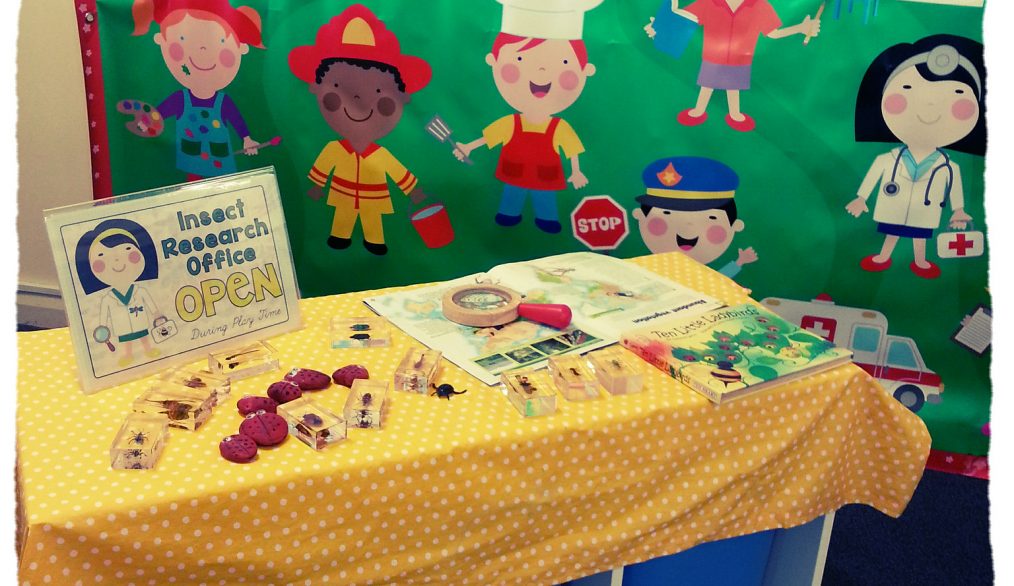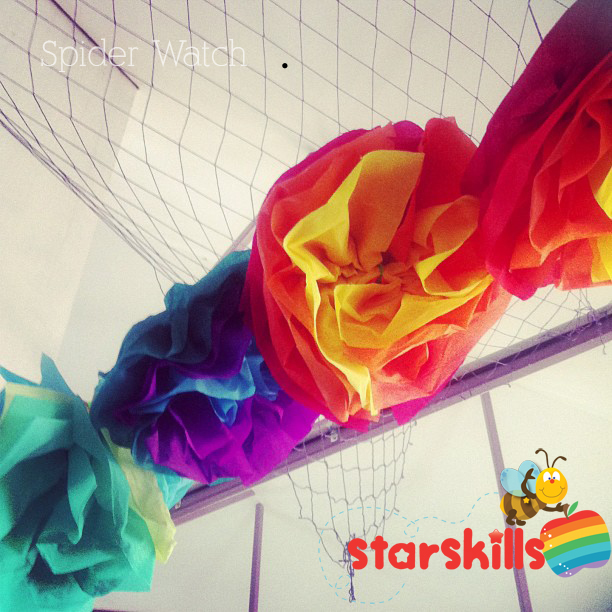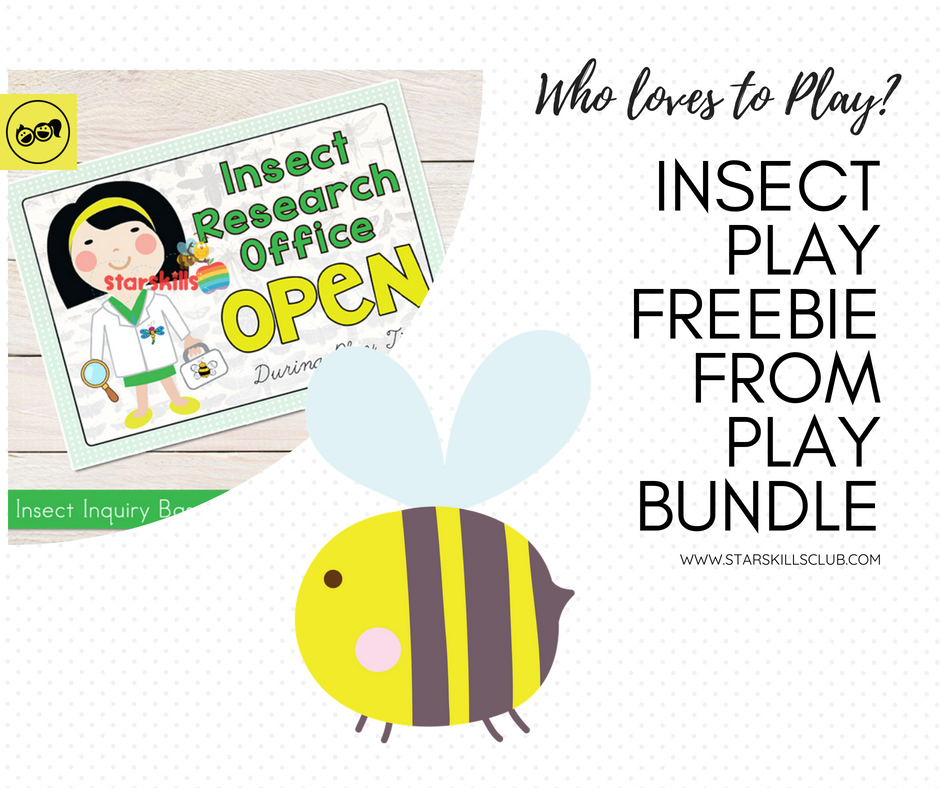
Inquiry Based Play
It is amazing the opportunities that arise when we observe and listen. Space and time for play is essential. As a teacher this requires observation. So often we think we must “look” busy for the sake of it! However observation and listening are essential in the early childhood setting.
Don’t be afraid to observe. Listen to what the children are saying. What are they interested in what are they talking about. I have seen this in my own class. So many opportunities for learning can be taken when we take this time.

Spider Watch!
Whilst observing the children in play a young boy noticed a spider! He absolutely LOVES insects and has spoken of them on many occasions. I decided to grab a clipboard and magnifying glass and maraca and get him to be our Observer.
He had to tell us if the spider is moving, what is he doing and then report to the class. So many questions arose just from this opportunity. We discussed how many legs, eyes, spiders have and how many legs insects have. Question after question arose. He was engaged for hours! Weeks on the whole class was involved in Spider Watch!
Every time he saw a movement he clicked the maraca! The spider seemed like it was dancing to the beat! I am not sure the spider “moved” that much! We spoke about how far the spider had moved. He mentioned it was 4m! So we discussed m and cm and how we can measure when things are far away. Slowly his enthusiasm pulled in other students.
As a teacher I created the opportunity and time for the children to engage in this line of learning. We designed spiders and we used our encyclopaedias to find out more about the structure of spiders, how they create webs and we also talked about symmetry and why there are an even number of legs on wither side of our spiders!
OUT OF AN INTEREST FOR SPIDERS WE DID THE FOLLOWING
- Looked at videos on line of different spiders
- How a web is created by a spider video
- Designed a spider looking at the characteristics of spiders
- Group work we created spiders and webs
- Made a class booklet to take home
- Spider Watching station – clipboard, magnifying glass, maraca, pencil
- Spider Reporters- in pairs look for spiders in the garden and draw/observe what you see
- Spoke about the metric system – metres and centimetres, rulers and measurement
I am not sure that even I as a teacher could have “planned” for all these opportunities to arise. Hence the imperative nature of watching, observing and letting curriculum develop in response to the children’s interests.
I am a teacher who loves to be organised. Nothing wrong with being organised however there MUST be opportunities that follow the children in the moment. This is where you will be able to provide a stimulating environment.


How do you engage in inquiry based learning in your class?